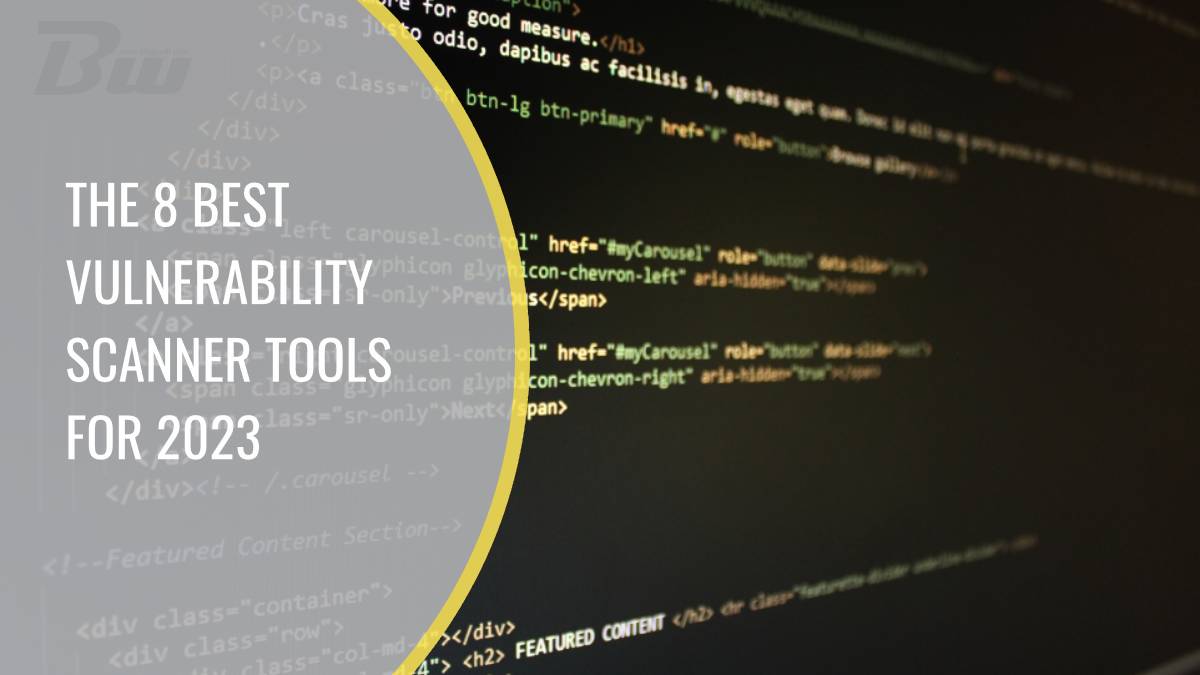Table of Contents
As technology advances and more data is stored digitally, cybersecurity is becoming increasingly important. To ensure networks are secure, vulnerability scanners have become a vital tool for businesses and organizations. Vulnerability scanners are designed to detect any potential threats that could compromise the security of your digital systems. As we move into 2023, there are numerous vulnerability scanner tools available on the market, each offering different features and capabilities.

Tool #1: Qualys
Qualys is a cloud-based vulnerability management and network security tool that can scan for vulnerabilities across web applications, networks, and endpoints. The software is designed to identify potential security risks by analyzing the system configuration, identifying missing patches and updates, and detecting security misconfigurations. Qualys offers a wide range of features such as continuous monitoring, policy compliance checks, asset discovery, and reporting.
One of the notable features of Qualys is its ability to automate risk detection and compliance monitoring. The tool can automatically detect new devices on the network and assign them to appropriate policies for scanning without human intervention. It also provides real-time visibility into asset inventory with detailed information about devices including hardware specifications, software installed on it, vulnerabilities detected or resolved in it.
Overall, Qualys is an excellent choice for businesses looking for an easy-to-use vulnerability scanner with robust capabilities that can help them identify potential threats before they become a significant problem. Its cloud-based platform allows users to perform scans from anywhere at any time while providing comprehensive reports on identified risks along with suggested remediation actions.
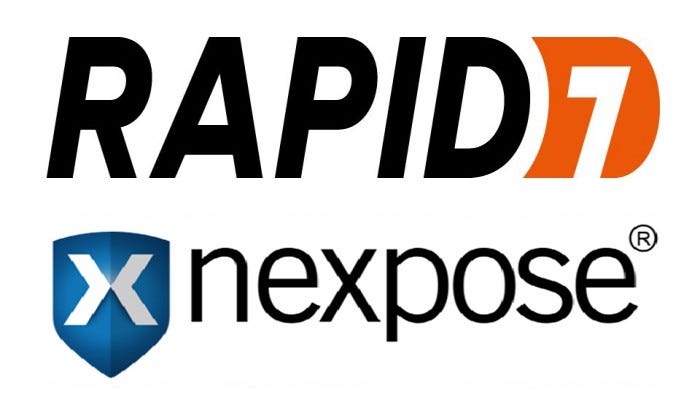
Tool #2: Rapid7 Nexpose
Rapid7 Nexpose is another powerful vulnerability scanner tool that offers a wide range of features for detecting and analyzing vulnerabilities in your system. With its advanced scanning capabilities, it helps businesses and organizations identify weaknesses in their network and infrastructure, so they can take necessary measures to secure their assets.
One of the standout features of Rapid7 Nexpose is its ability to prioritize vulnerabilities based on their severity. This means you can quickly address critical issues before they become major problems. Additionally, the tool offers real-time visibility into your network’s security posture, giving you insights into which devices are most vulnerable and what steps you need to take to mitigate risks.
Another benefit of using Rapid7 Nexpose is its ease of use. The tool comes with an intuitive user interface that makes it easy for even non-technical users to navigate and perform scans. Furthermore, it integrates well with other tools like Metasploit and InsightVM, allowing you to seamlessly manage your security operations from a single dashboard.
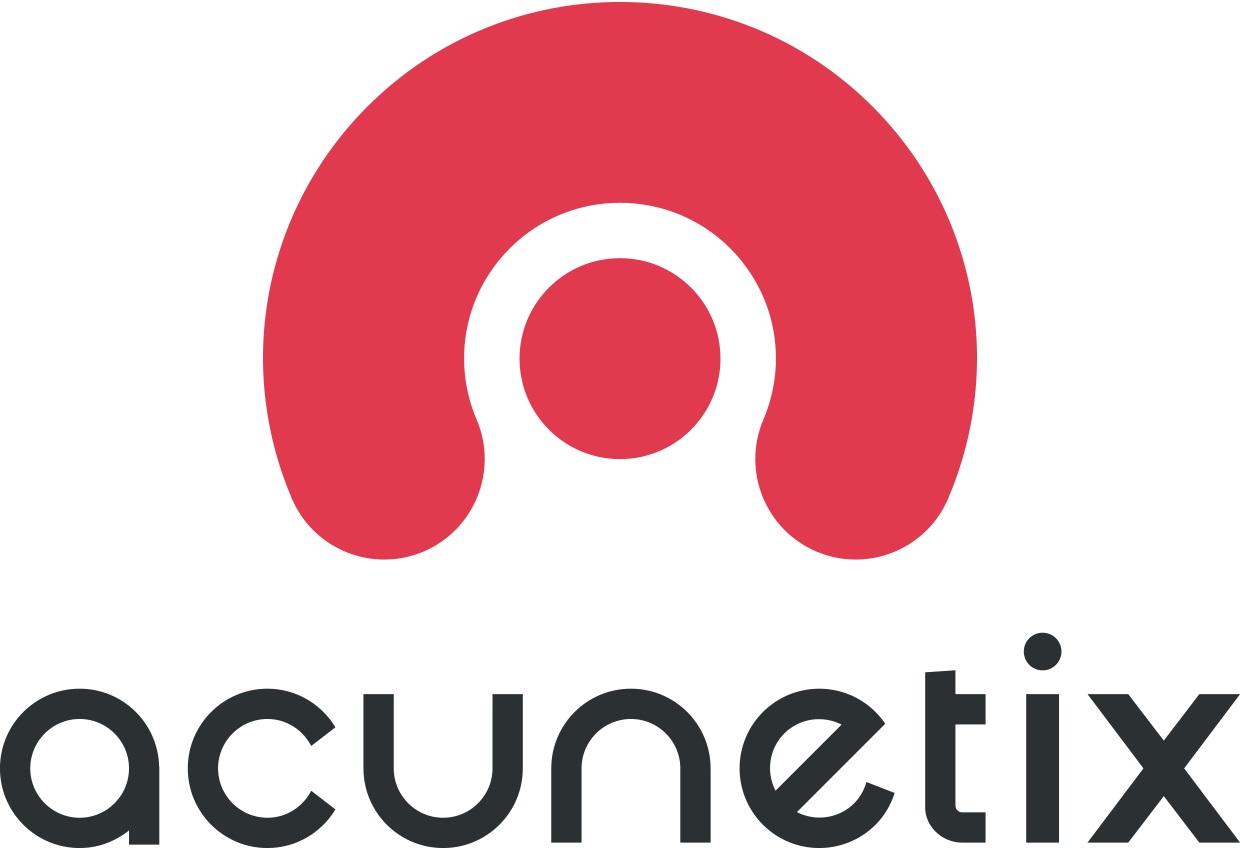
Tool #3: Acunetix
Acunetix is one of the best vulnerability scanner tools available in the market. It is a fully automated web application security testing solution that can detect vulnerabilities such as SQL injection, cross-site scripting (XSS), and many more. Acunetix provides comprehensive coverage of all possible attack vectors, including those that are not commonly tested by other scanners.
One of the key features of Acunetix is its ability to identify vulnerabilities in single-page applications (SPAs). This feature makes it an excellent choice for organizations that use modern web technologies to develop their applications. The tool also includes advanced scanning options, such as crawl and audit scheduling, which can help security teams automate their testing processes.
In addition to these features, Acunetix offers detailed reporting capabilities that provide clear insights into the vulnerabilities detected during a scan. Its intuitive user interface makes it easy for both technical and non-technical users to understand the results and take appropriate actions. Overall, Acunetix is an excellent choice for organizations looking for a reliable and efficient vulnerability scanner tool.
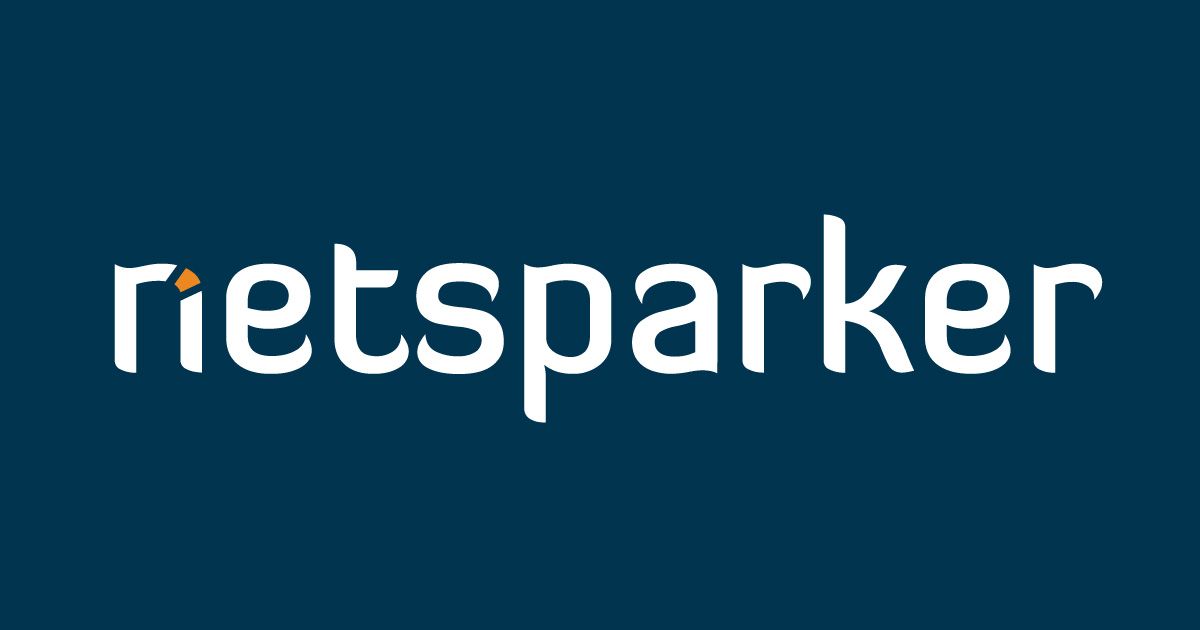
Tool #4: Netsparker
Netsparker is a web application security scanner that automates the process of detecting vulnerabilities in websites, web applications, and web services. It uses its own unique Proof-Based ScanningTM technology to identify vulnerabilities that other scanners can miss. Netsparker is available as an on-premises solution or as a cloud-based service.
One of the key features of Netsparker is its ability to detect vulnerabilities in complex web applications using various technologies such as AJAX and Single Page Applications (SPAs). The tool also provides detailed reports with proof-of-exploit information, making it easy for developers to remediate identified issues quickly.
Netsparker supports integration with various issue tracking systems like Jira and Trello, which enables teams to manage their vulnerability scanning projects more efficiently. With continuous updates and improvements, Netsparker remains one of the best vulnerability scanner tools on the market today.
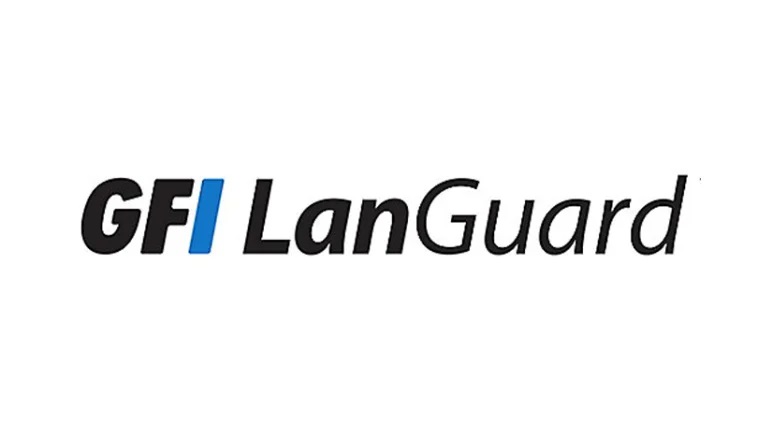
Tool #5: GFI LanGuard
GFI LanGuard is a powerful vulnerability scanner tool that helps IT professionals to identify and remediate security threats in their networks. The software is designed to scan networks for vulnerabilities, missing patches, outdated software and configurations that can be exploited by cyber criminals. GFI LanGuard also provides a centralized management console that allows administrators to manage the security of all devices on the network from a single dashboard.
One of the key features of GFI LanGuard is its ability to automate patching and updates across multiple operating systems, including Windows, Mac OS X, Linux and more. This means that IT teams can quickly deploy relevant patches without disrupting business operations or leaving machines vulnerable to attack. Additionally, GFI LanGuard can perform network discovery scans to detect new devices that may have been added to the network without authorization.
Overall, GFI LanGuard is an excellent solution for organizations looking for an easy-to-use vulnerability scanner tool with advanced capabilities for managing security risks across their entire network infrastructure. Its automated patch deployment feature makes it particularly useful for large enterprises with complex IT environments where manual patching would be time-consuming and prone to error.

Tool #6: OpenVAS
OpenVAS is an open-source vulnerability scanner tool that is widely used by cybersecurity professionals. It is a comprehensive suite of tools that includes multiple scanning engines, a database of known vulnerabilities, and a web interface for managing scans and results. OpenVAS can scan networks, servers, applications, and databases to identify potential security weaknesses that could be exploited by cybercriminals.
One of the key benefits of using OpenVAS is its ability to detect both common and obscure vulnerabilities in various target systems. The tool can conduct thorough checks on all network components such as routers, switches, firewalls and other connected devices. This gives cyber professionals greater visibility into their IT infrastructure security posture which ultimately assists in preventing data breaches or any malicious activity targeted at their network.
OpenVAS also provides users with detailed reports on identified vulnerabilities which include suggested mitigation strategies to address them. With this information provided by OpenVAS scans, organizations can quickly determine what needs immediate attention to improve their overall cybersecurity posture. By leveraging the power of OpenVAS as one their go-to vulnerability scanner tools businesses are better equipped to secure their assets from potential threats while ensuring they remain compliant with industry regulations.

Tool #7: Nessus
Nessus is a widely popular vulnerability scanner tool that has been around for several years. It offers advanced scanning capabilities and can identify vulnerabilities in various systems, applications, network devices, and more. With its comprehensive reporting system and user-friendly interface, Nessus provides users with detailed information on the vulnerabilities found in their network.
One of the key features of Nessus is its ability to perform both local and remote vulnerability scans. This means that it can scan both the host machine where it is installed as well as other machines connected to the network. Additionally, Nessus offers plugins for different types of scans including compliance checks, configuration audits, malware detection, and exploits.
Nessus also provides strong integration capability with other security tools like SIEMs (Security Information and Event Management), firewalls, ticketing systems, etc. This allows users to automate their security workflows by integrating Nessus into their existing security infrastructure. Overall, Nessus is a powerful vulnerability scanner tool that provides comprehensive coverage across multiple platforms making it an essential tool for any organization looking to secure their networks against cyber threats.

Tool #8: WebInspect
WebInspect is a web application security scanning tool that identifies vulnerabilities in websites and web applications. It is designed to be used by security professionals and developers to detect security flaws, such as injection attacks, cross-site scripting (XSS), and cross-site request forgery (CSRF). The tool uses advanced scanning techniques to simulate attacks against the target website, providing detailed reports on any vulnerabilities found.
One of WebInspect’s key features is its ability to automate much of the vulnerability detection process. This includes performing scans at regular intervals or upon specific events, such as changes to the website or application code. Additionally, WebInspect can integrate with other tools, such as bug tracking systems and firewalls, making it easy for organizations to incorporate it into their existing security infrastructure.
Overall, WebInspect provides a comprehensive solution for identifying potential security issues in web applications. Its advanced features and automation capabilities make it an ideal choice for organizations looking to improve their overall cybersecurity posture.
Conclusion
In conclusion, vulnerability scanner tools are an essential component of any organization’s cybersecurity strategy. The tools mentioned in this article are among the top-rated and most effective options available on the market today. Each tool has its own unique features and benefits, making it important for organizations to assess their specific needs before selecting a tool.
When choosing a vulnerability scanner tool, it is crucial to consider factors such as ease of use, accuracy, reliability, and cost-effectiveness. Organizations must also ensure that the selected tool provides comprehensive coverage across all endpoints and devices within their network. With these considerations in mind, organizations can confidently choose from the list of top-rated vulnerability scanner tools described in this article.
In summary, having an effective vulnerability management program is critical to safeguarding against cyber threats. By implementing one or more of the recommended tools discussed here into their security protocols, organizations can proactively identify vulnerabilities and take action to mitigate them before they can be exploited by malicious actors.

